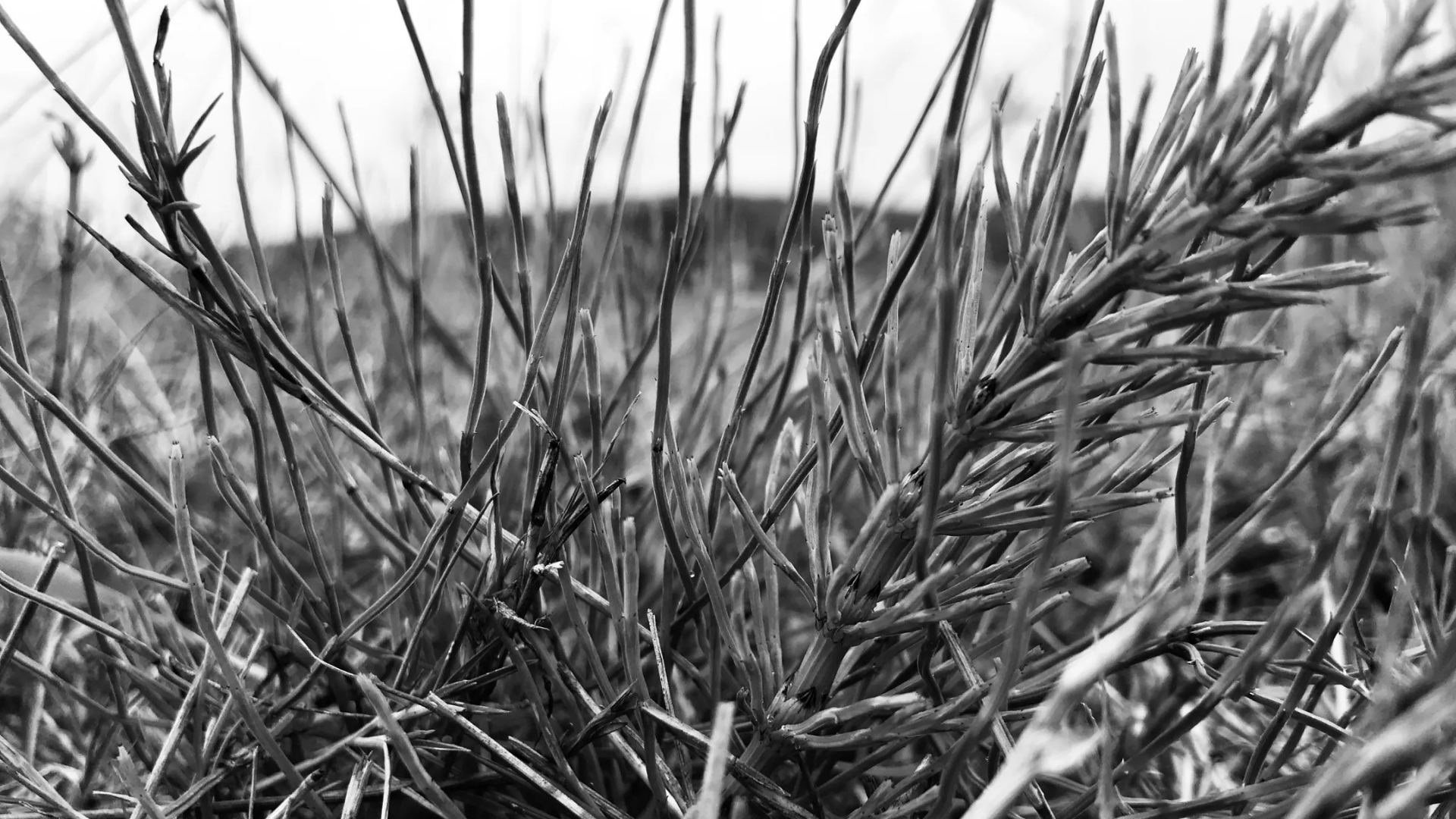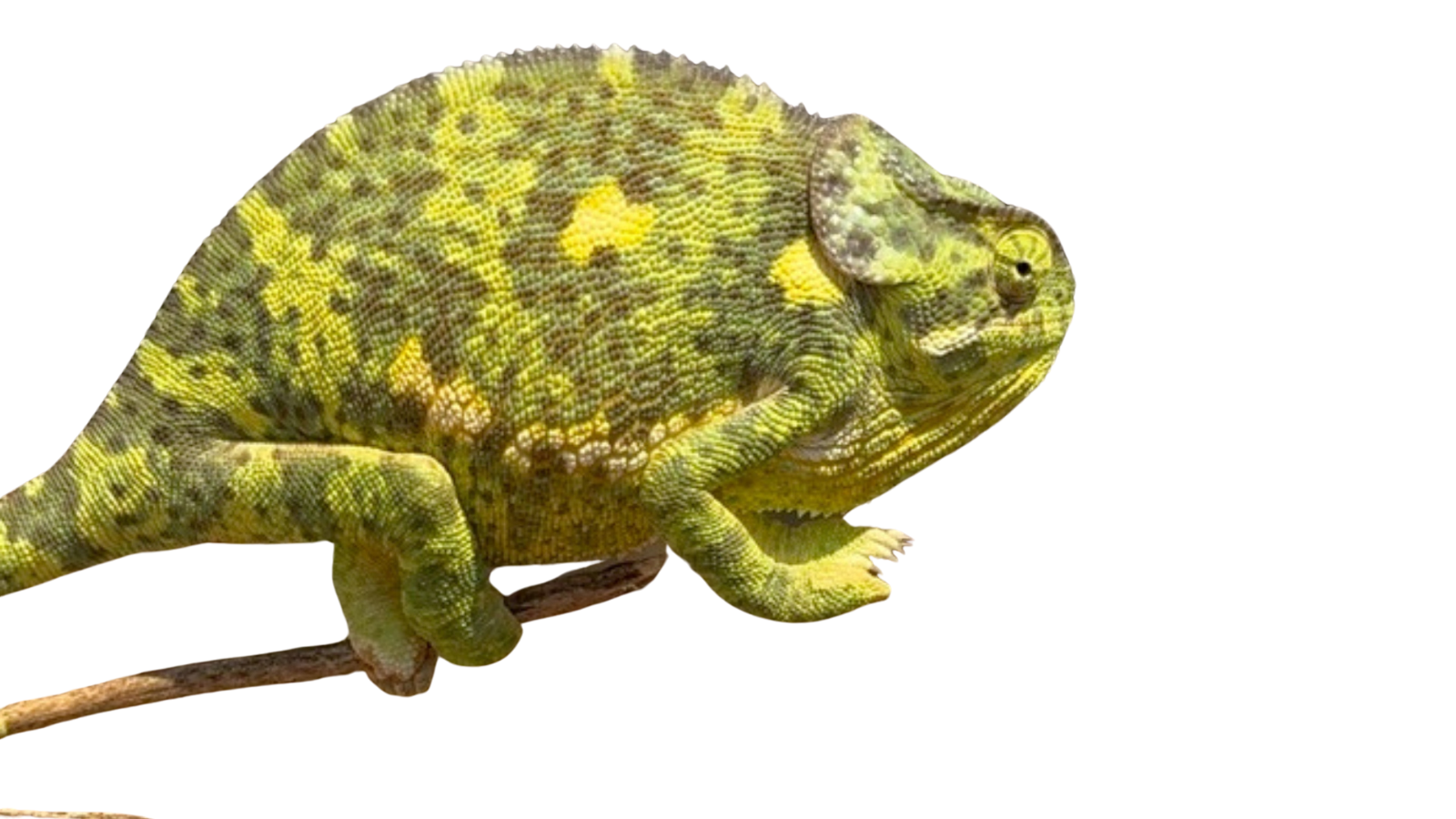
12
When I see paleoartists depict horsetails as stalks of bamboo with a pine-cone looking thing on the top I hold my head in my hands. Yes this is way too geeky, in a “dinosaur feathers didn’t look like that” sort of way. But this lack of real world knowledge about living ecosystems has real consequences for real ecosystems.
I am a rancher and a real grazing geek as well as a long time student of evolutionary ecology. Before moving to East Africa, I ranched on the Oregon Coast. On some of the sandy places on the riverbank (where you would expect them) we had some horsetails. The cattle found these horsetails very palatable and would seek out the few that were growing, starting early in the season.
Having been defoliated, the horsetail doesn’t just grow back into its stemmy, “bamboo” form. Instead, the leaves in what is now the top whorl of the plant (the others having been chomped by a cow or a hadrosaur), elongate and grow straight up in a mass of fine, feathery growth (see picture). Any stems would spread out laterally. Rhizomes would poke new growth from below ground. If you had a large area of horsetails in this condition (I didn’t) it would look very much like a lawn.
I would suggest that a grazing lawn was the most common understory for a mesozoic savanna, and savanna was the standard vegetation type of the mesozoic. Convergent evolution created many of the same adaptations in horsetails that would arise much later in grasses through completely different adaptations. Both taxa independently evolved the ability to have a short dense vegetative structure, or a tall, low density reproductive structure depending on the presence or absence of herbivory.
This is a bit of a temper tantrum but I think it is more than your average Spinosaurus debate. Because if this is true, it changes how we view modern ecosystems.
If we view savannas structurally, instead of taxonomically, we see them as being incredibly ancient, incredibly stable homes to life on earth. The species that made up savannas have changed through the eons. There were horsetails and ferns (though in my experience, in contrast, the modern ferns I have worked worth are very sensitive to herbivory). Then there were a number of different angiosperms that took over the role of the main grazing lawn plant, and then other graminoids. Now grasses but they are just filling a role. They don’t define the ecosystem. I would love to hear from paleo experts to help me understand this succession better.
In this view, savannas were around for a hundred and fifty or two hundred million years… before the dinosaurs went extinct. And they died along with them. Only to come back from the dead twenty million years later to again dominate the world’s vegetation again. Then we destroyed them in the late pleistocene. We will certainly bring them back again. If we know what is good for us.
